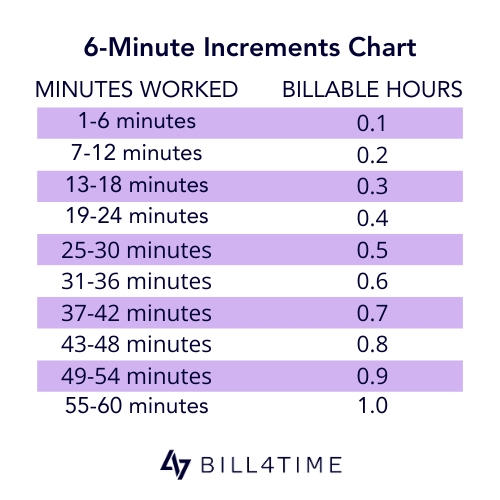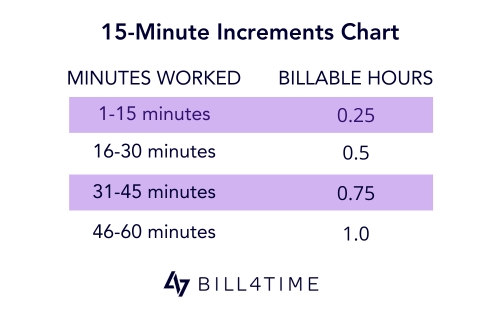It’s important for law firms to set goals early on and create accountability plans to stay on track. The legal industry is uncertain and rapidly evolving, but lawyers and firms that can adapt can thrive, no matter what the future brings. Use this blog to learn how to set goals for yourself and embark on a successful year.
Set Goals for Lawyers with SMART Goals
SMART (Specific, Measurable, Achievable, Relevant, Time-Bound) goals are a bit of a buzzword, but that’s because they work! Vague goals, such as increasing revenue or boosting firm awareness, are undefined and difficult to achieve.
The benefit of SMART goals is that they’re defined, clear, and measurable to keep law firms on track.
SMART goals are:
Specific
Broad goals have little to back them up and are even more difficult to achieve. Goals are specific and defined.
The specific goal should include:
- Why it’s a goal
- How it can be accomplished
- Potential challenges or obstacles
A specific goal helps law firms zero in on what they’re trying to achieve and organize the resources and tools necessary to accomplish it.
Measurable
The only way to tell if a goal is on track is by measuring it. Goals should have metrics that track and assess their progress against milestones or benchmarks.
For example, if a goal includes increasing revenue, it should have a percentage of 5 or 10 percent. Then, law firms can verify if they’re on track to meet or exceed this goal or falling behind, so changes can be made to course correct.
Achievable
Lofty goals are great, but they’re difficult to achieve. If unrealistic goals are set and law firms repeatedly fail, it’s easy for them to lose momentum and get discouraged.
For example, trying to set a goal to increase revenue by 1,000 percent is neither realistic nor achievable, and it’s likely to fail. It’s better for firms to have a realistic, conservative goal that can be met, or even exceeded.
Conversely, setting goals that are too achievable isn’t valuable either. For example, increasing clients by two per year isn’t much of a goal, since that’s likely to happen anyway. Law firms should aim for goals that avoid both extremes and fall in the middle.
Relevant
Goals should always be relevant to the firm’s larger business objective and vision. Increasing revenue is a relevant goal for a firm and contributes to long-term success, but setting personal staff goals or goals that don’t serve the film overall is not.
Time-Bound
Every goal should have a time frame that determines whether it’s successful. Like the other elements of a SMART goal, the time frame should be specific and realistic. Trying to accomplish too much in a short period is a setup for failure, but having no specified time frame makes it more difficult to know if the goal is on track to success.
Using the revenue example, law firm goals should be reasonable and relevant to the specific goal. If the goal is to increase revenue by 5 percent, it should be set for a year’s time. Firms can monitor the progress of the goal and determine if they’re underperforming, overperforming, or on track to hit that target by the end of the year.
Some other examples of SMART goals for law firms include:
- Reduce overhead costs by 15 percent in the next financial year by renegotiating vendor contracts, reducing unnecessary subscription services, and implementing energy-saving practices throughout the office.
- Hire three new senior lawyers with expertise in corporate law, intellectual property, and civil litigation by the end of the fiscal year to meet growing client demands.
- Reduce non-billable hours by 15 percent over the next 12 months by implementing a legal time tracking software that identifies and minimizes inefficiencies in administrative tasks.
Prioritizing Goals for Lawyers
Setting too many goals can be overwhelming and hinder success. Especially if your firm doesn’t have a defined task management process. When planning goals, law firms should consider the firm’s biggest pain points and prioritize them to determine the most important goals to focus on.
Law firms should start with a list of pain points ranging from significant challenges to smaller issues that would be helpful to correct, but not vital. The challenges at the top of the list should determine the goals to prioritize.
Smaller goals may be able to be addressed in shorter time periods, such as a month or quarter, and could be considered after the firm has developed goals for mission-critical problems.
Some examples of significant challenges or pain points may include:
- High billable hours missing
- Inaccurate time tracking
- Inaccuracies and corrections on documents
- Inefficient client onboarding processes or billing processes
- Poor time management
Evaluating Last Year’s Performance
Law firms struggling to determine goals can use the previous year for guidance. When evaluating the prior year’s performance, law firms should consider what goals were met, what was accomplished, and what hindered certain goals from being met.
Identifying areas of improvement is the best way to improve performance and set more attainable goals. Not meeting goals shouldn’t be viewed as a failure, but provide insights into how to improve processes in the future. When assessing goals, firms should get a wide range of opinions from everyone in the firm — not just partners or senior attorneys. Different perspectives can provide insights into the full picture and what contributed to the failure in the first place.
Measuring Goals
Measuring goals is vital to their success, and “measurable” is part of developing SMART goals. The specific key performance indicators (KPIs) a firm uses can vary according to goals, but using technology tools can be a big help.
Legal management platforms, like Bill4Time, offer valuable tools for time tracking, reporting, and revenue tracking to ensure firms reach their goals. These tools can be used to track firm performance metrics, such as revenue and billable hours, invoices, number of clients, and more.
Set Goals for Lawyers to Achieve Success in 2024
The legal industry is changing and evolving, so it’s crucial for firms to set goals to make each year as successful as it can be. Whether the goals are related to marketing, client acquisition, revenue, or growth, goals should always be SMART and aligned with the larger vision of the firm. We hope you found this information on how to set goals for lawyers useful and provided actionable steps to get started!









